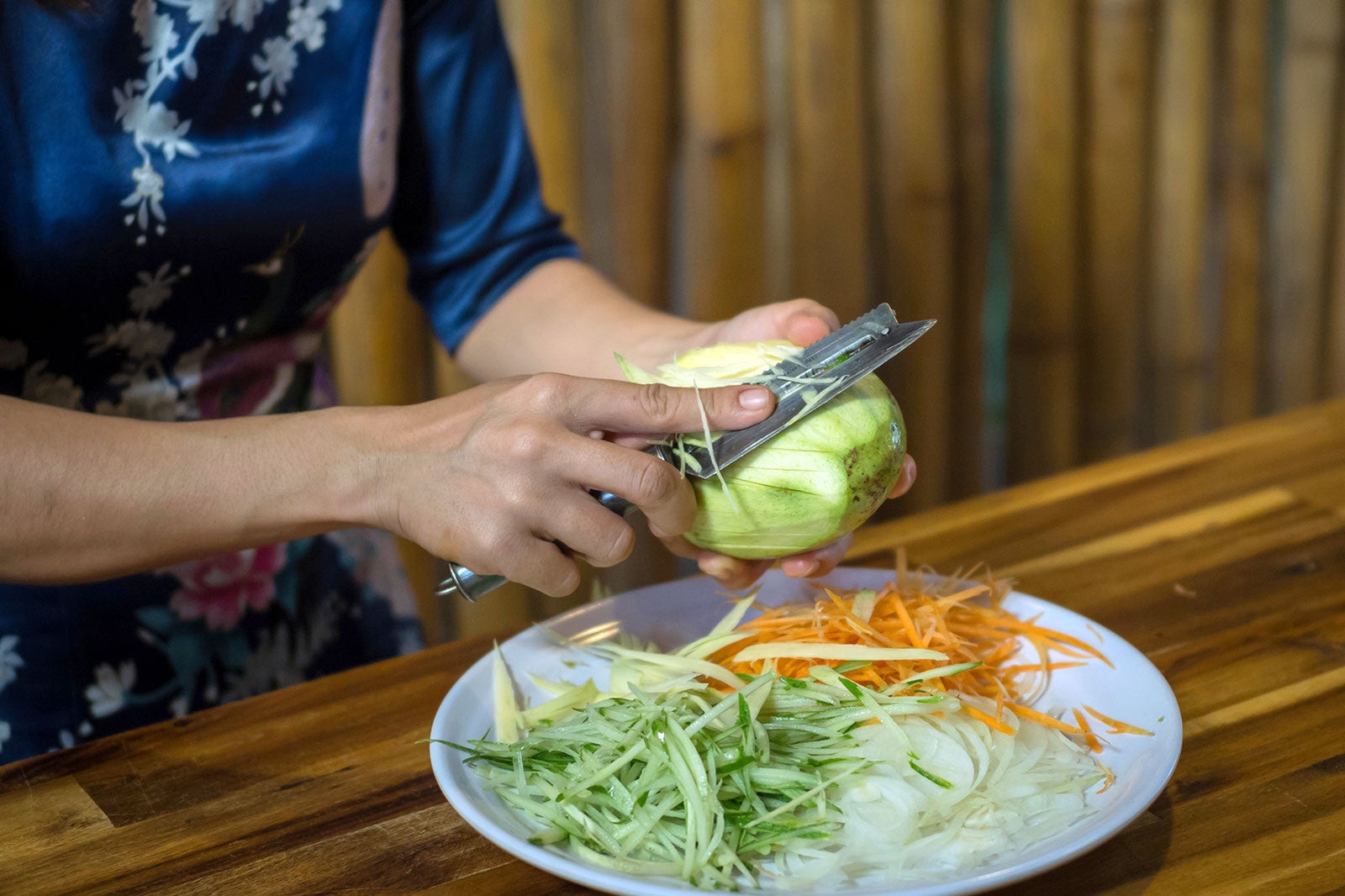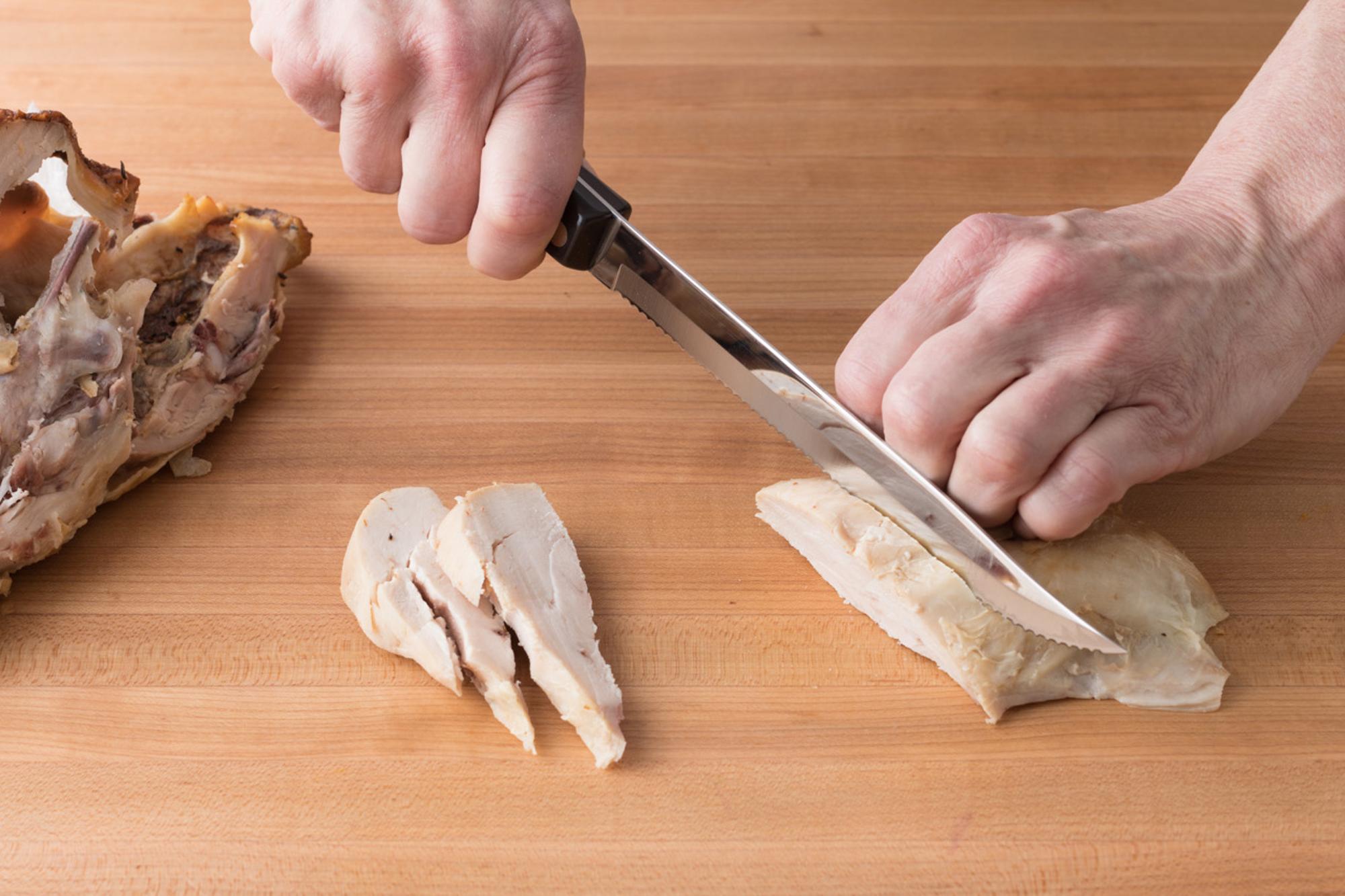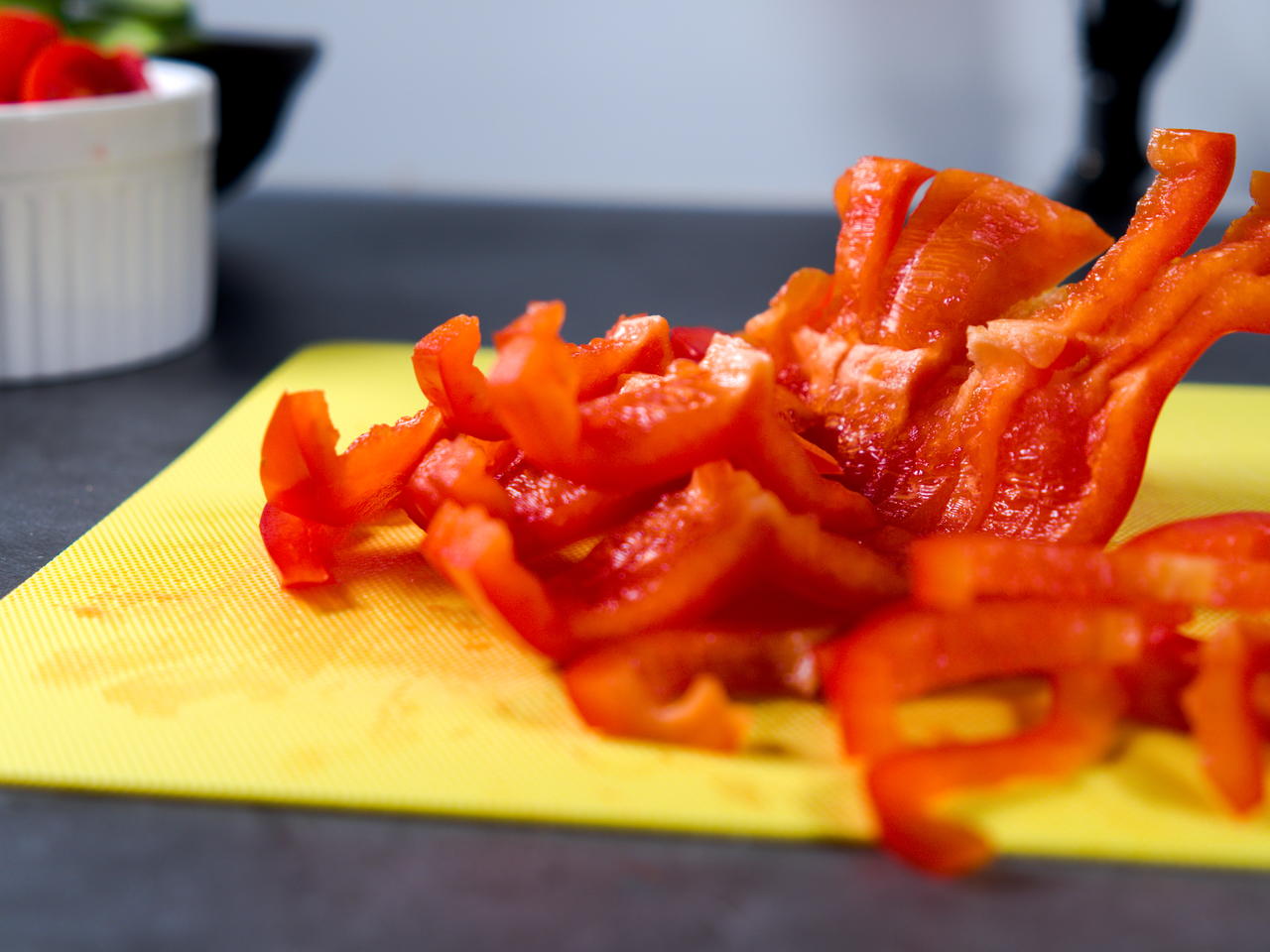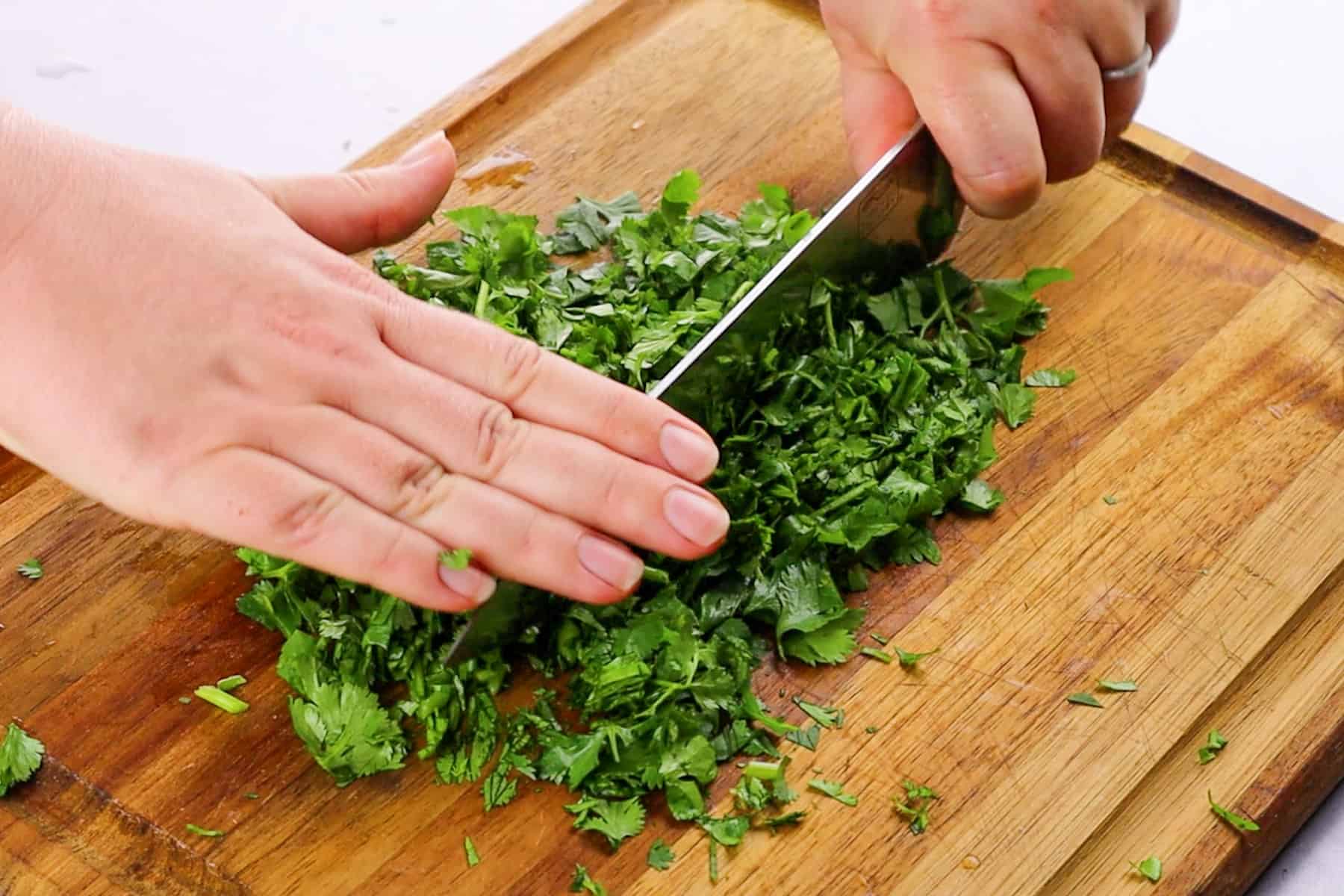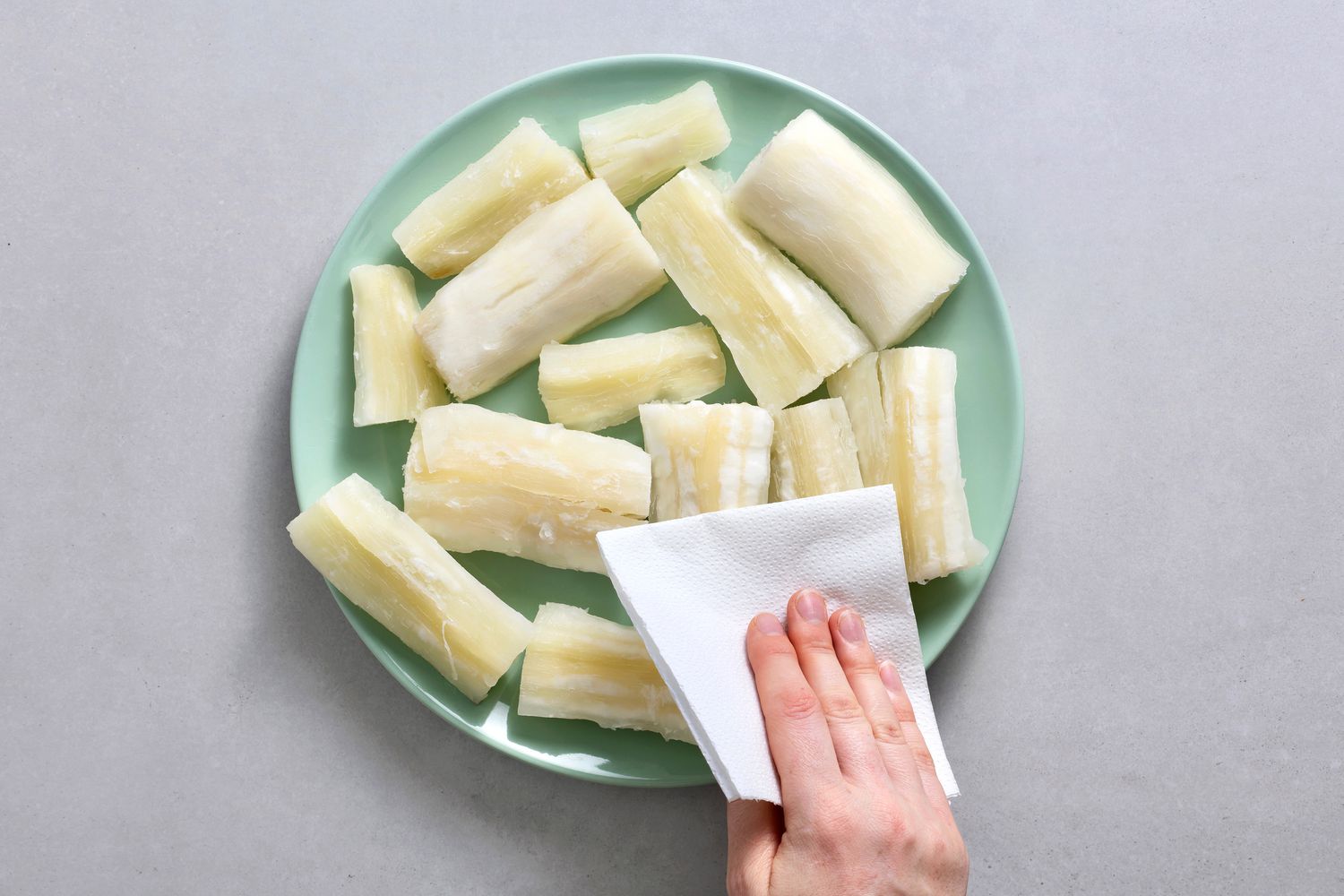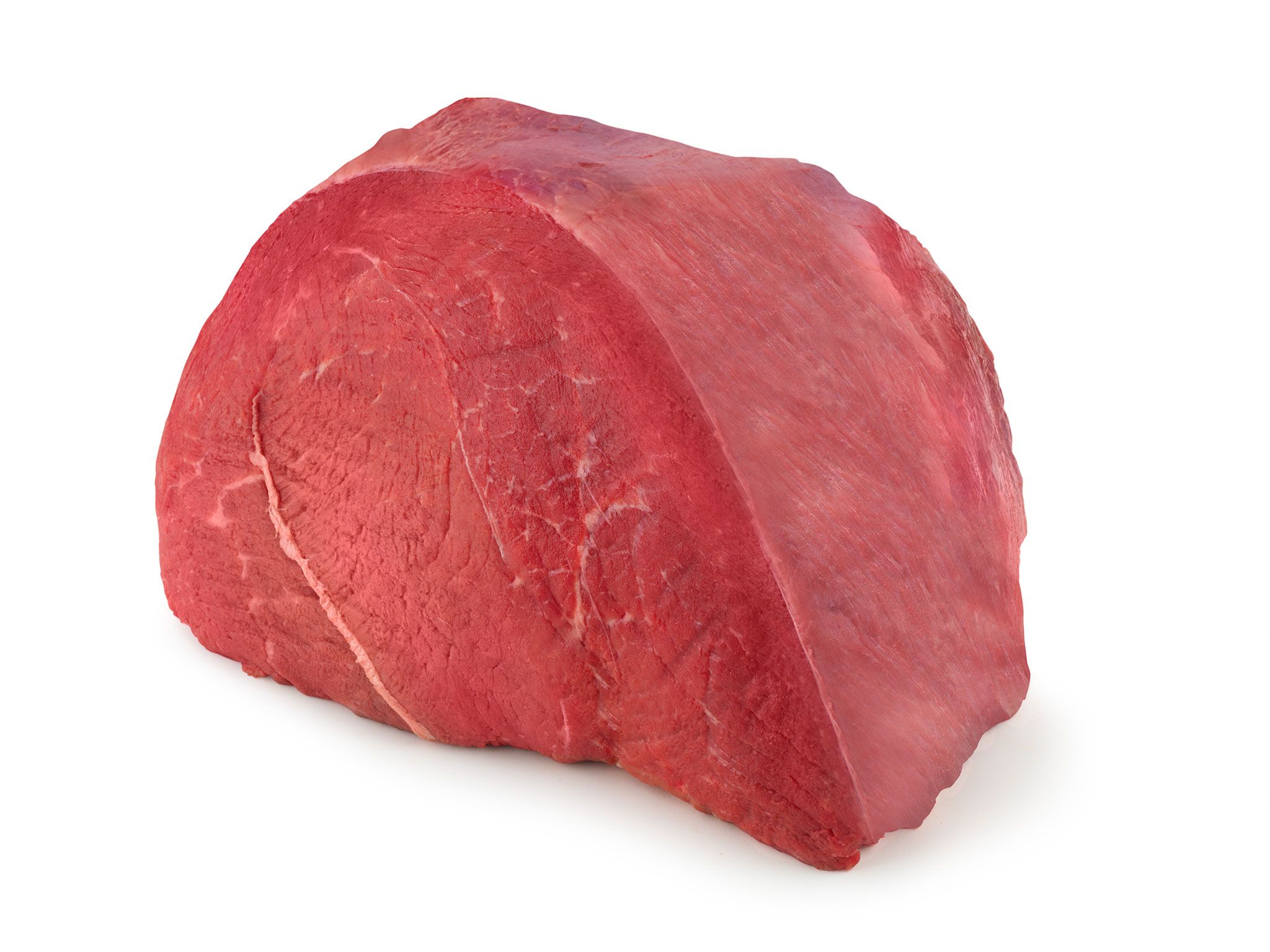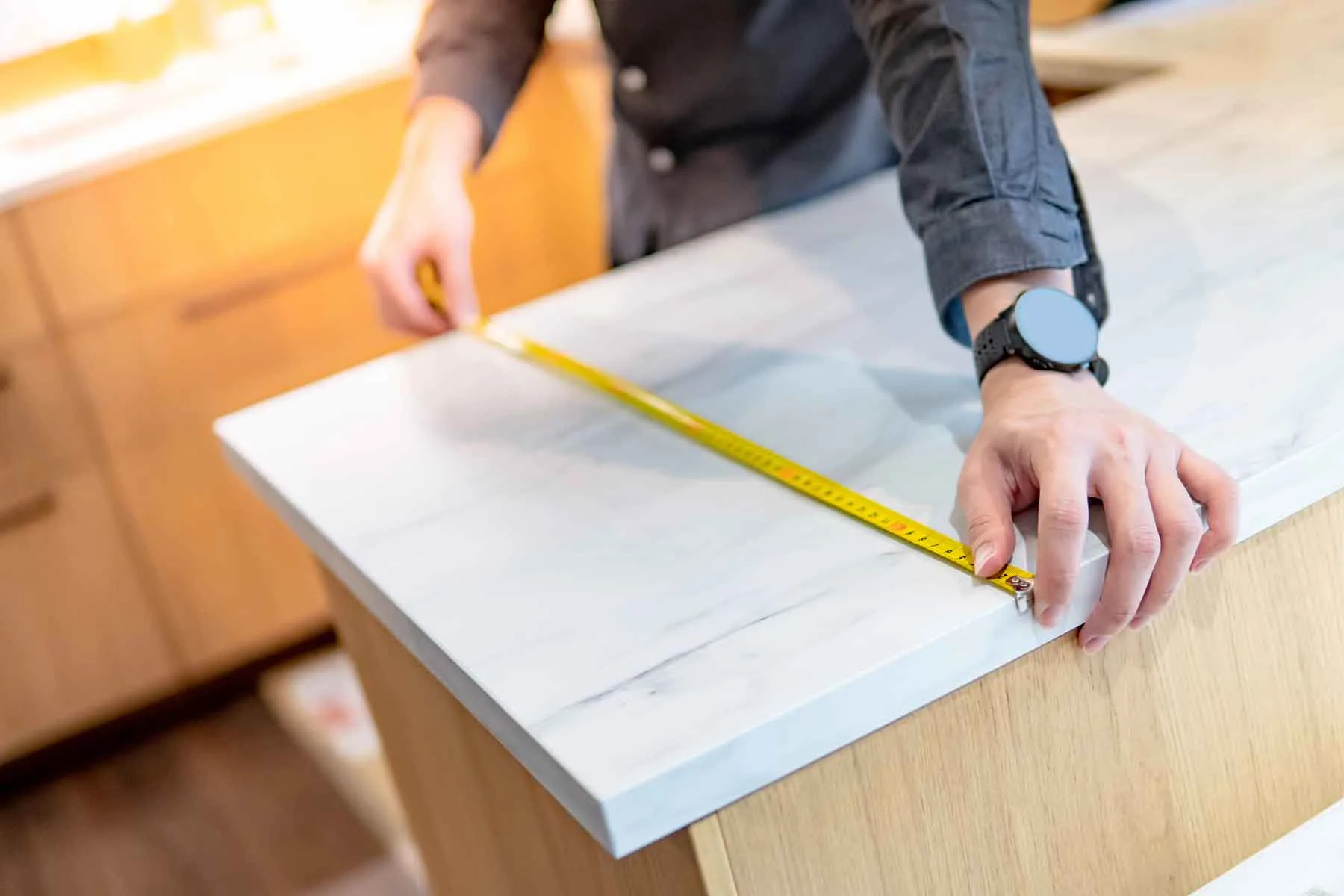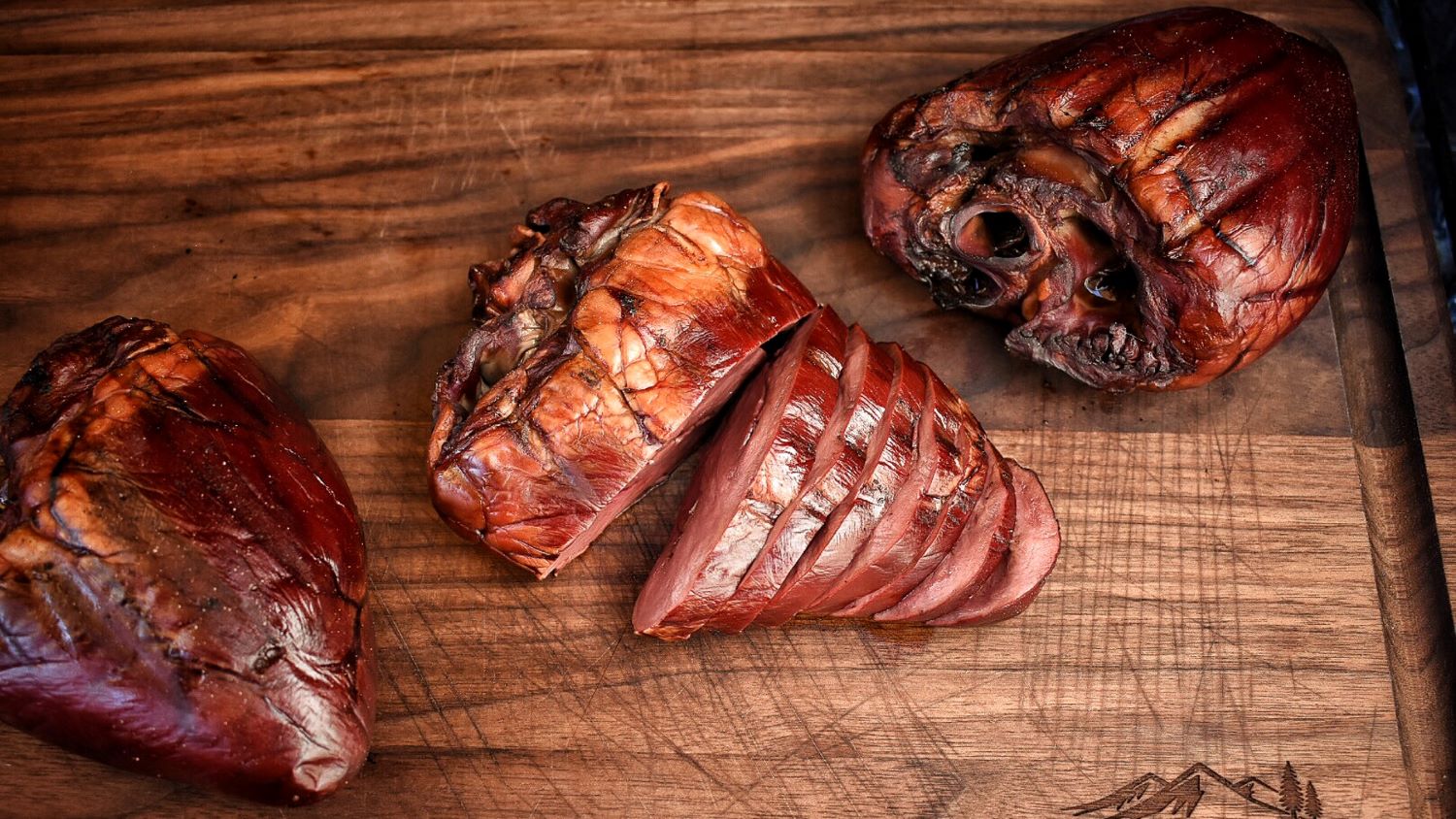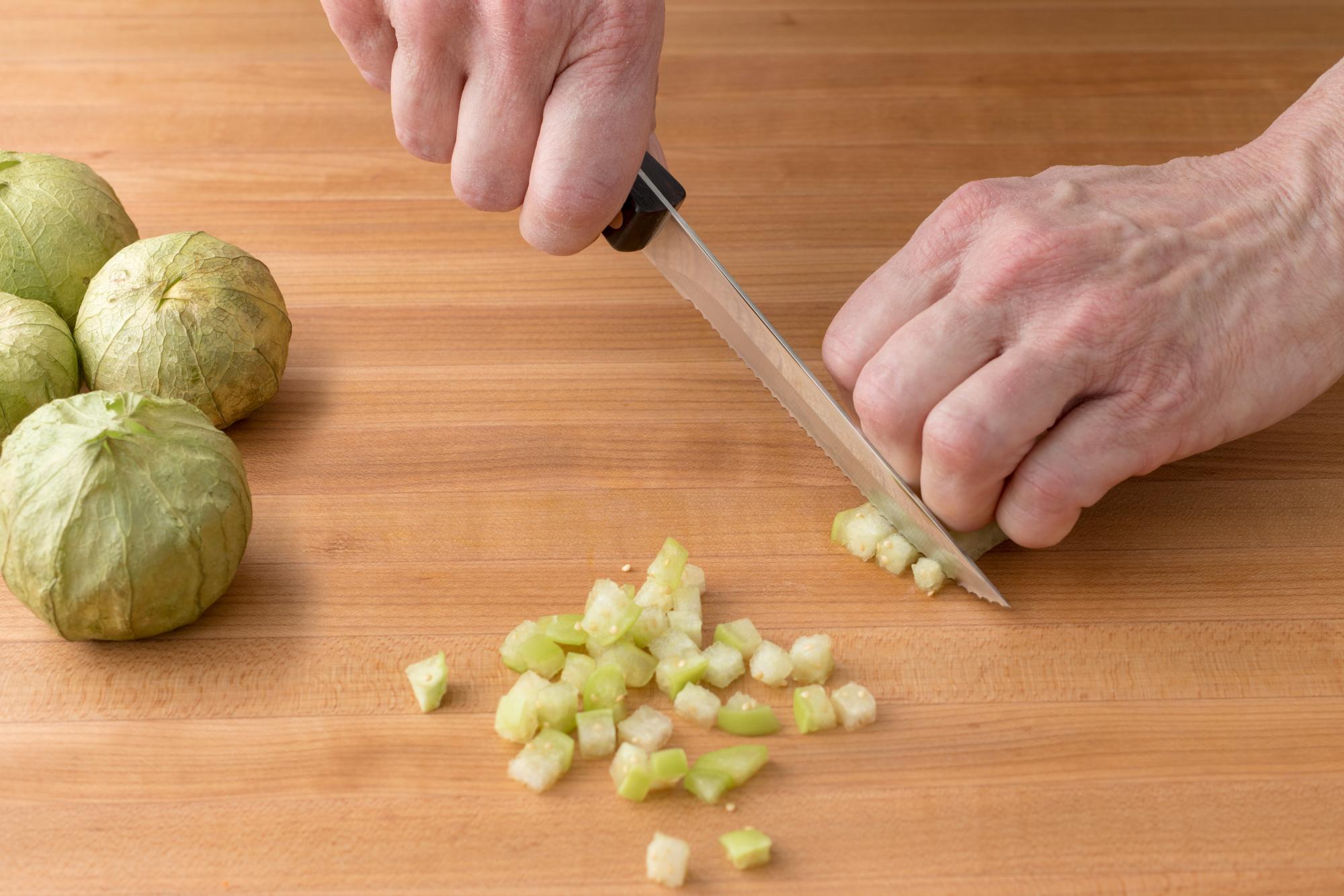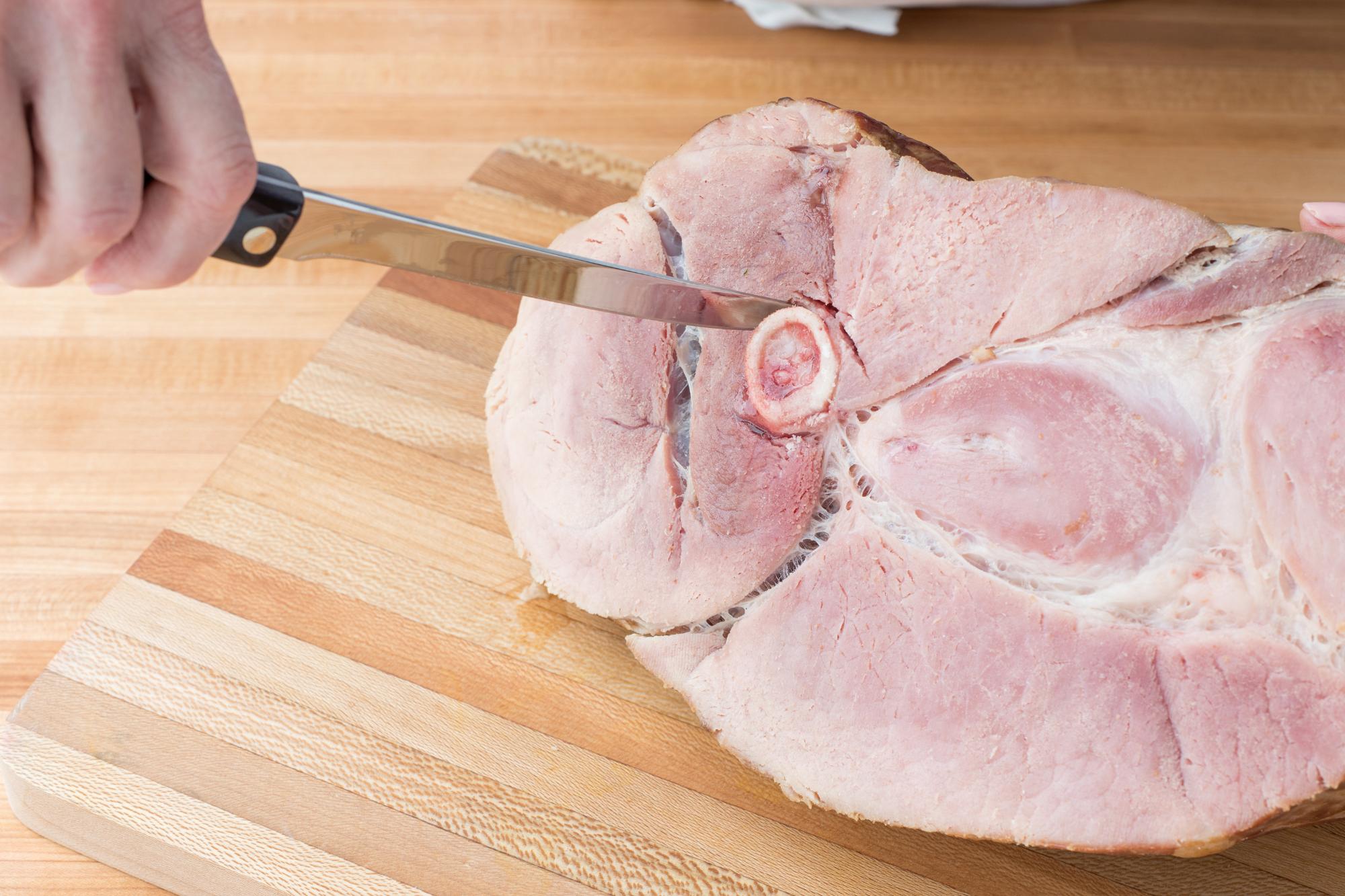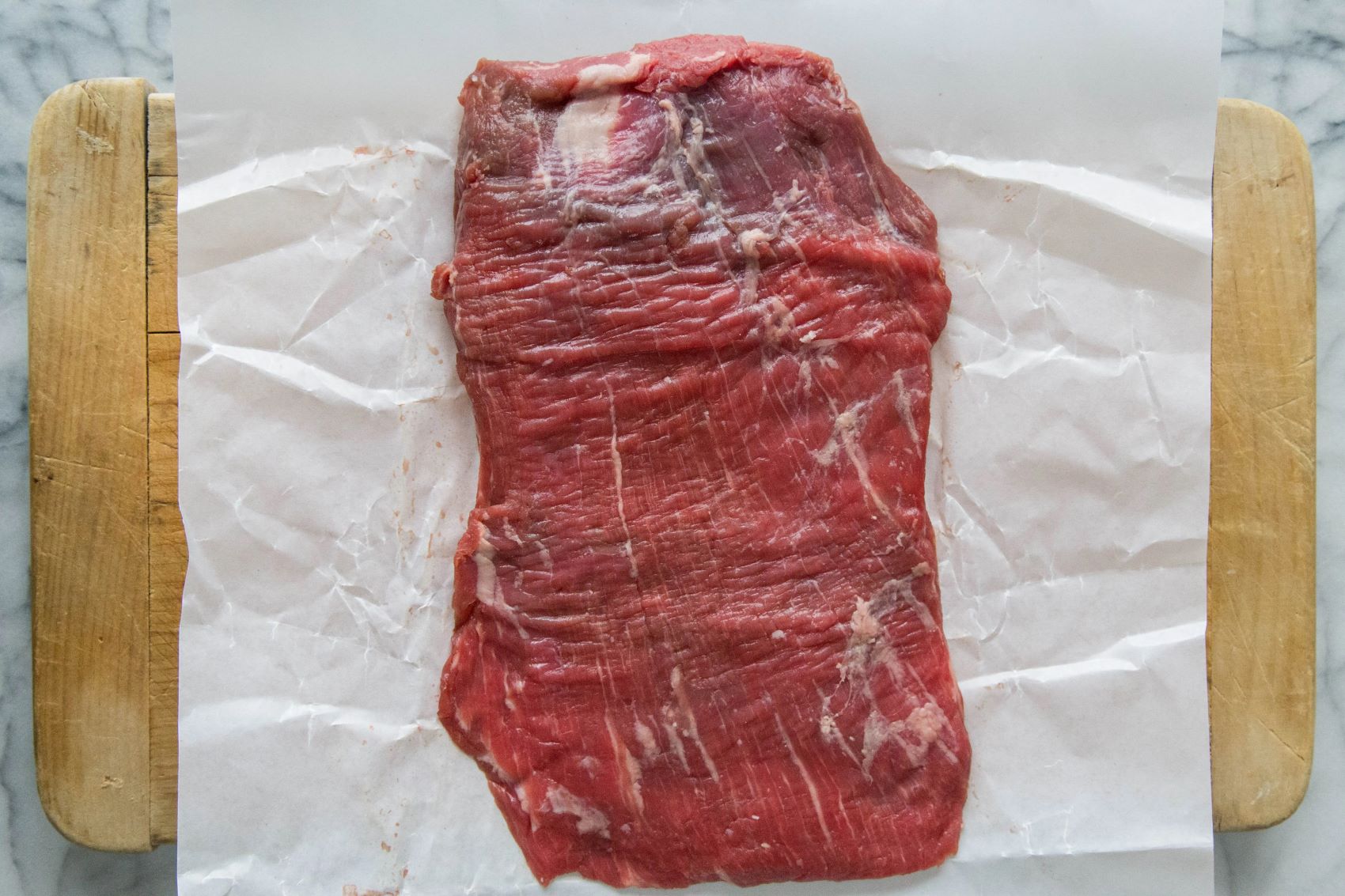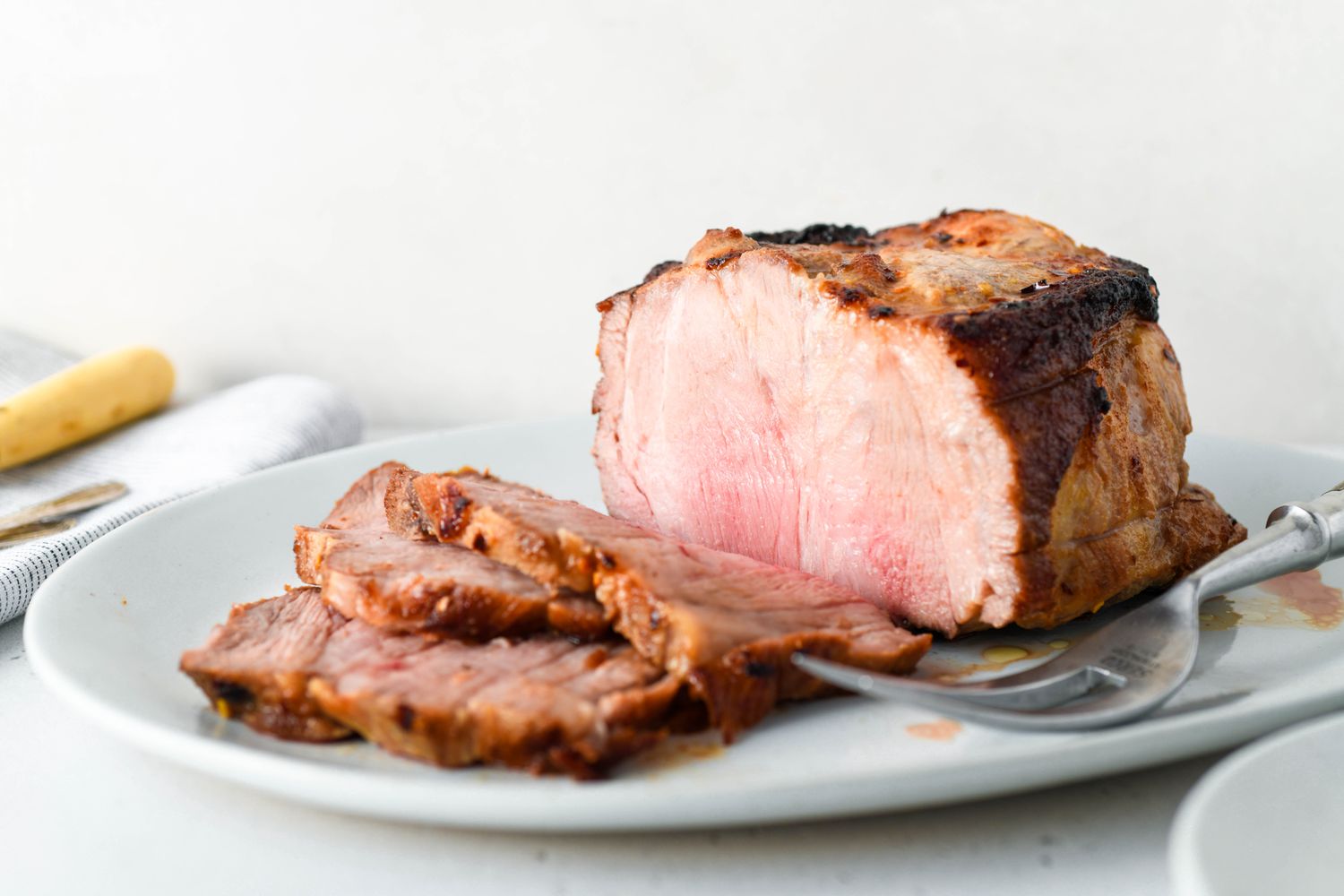How to Prepare, Peel, and Cut Butternut Squash
Butternut squash is a versatile and nutritious vegetable that can be used in a variety of delicious dishes. Whether you’re making a tasty soup, a hearty stew, or a roasted side dish, properly preparing, peeling, and cutting the squash is essential. In this article, we’ll guide you through the process step by step.
Step 1: Gather your tools
Before you begin, make sure you have the right tools handy. Here’s what you’ll need:
- A sharp chef’s knife
- A sturdy cutting board
- A vegetable peeler
- A spoon or ice cream scoop
Step 2: Wash the squash
Start by rinsing the butternut squash under cold water to remove any dirt or debris. This will ensure that your squash is clean and ready to be prepped.
Step 3: Cutting off the ends
Using a sharp chef’s knife, carefully cut off both ends of the squash. This will create a stable base for you to work with.
Step 4: Peel the squash
With a vegetable peeler, remove the skin from the butternut squash. Start at the top and work your way down, peeling off the outer layer until you reach the bright orange flesh. Make sure to peel away any green or white patches as well.
Step 5: Cut the squash in half
Hold the peeled squash upright on the cutting board and carefully slice it in half lengthwise. Take your time and apply even pressure to ensure a clean and even cut.
Step 6: Scoop out the seeds
Use a spoon or ice cream scoop to scoop out the seeds and stringy pulp from each half of the squash. You can save the seeds for roasting later if desired.
Step 7: Dice or slice the squash
Now that your squash is prepared and seed-free, you can proceed to dice or slice it according to your recipe’s requirements. For dicing, cut the squash into even cubes of your desired size. For slicing, cut the squash into thin, uniform slices.
Step 8: Store or use immediately
If you’re not planning to use the butternut squash right away, you can store it in an airtight container in the refrigerator for up to five days. Alternatively, you can freeze the prepared squash for longer-term storage.
And there you have it! With these eight simple steps, you’ll be able to prepare, peel, and cut butternut squash like a pro. Now you’re ready to create delicious meals with this versatile vegetable. Happy cooking!
Was this page helpful?
Read Next: How To Cut Herbs
